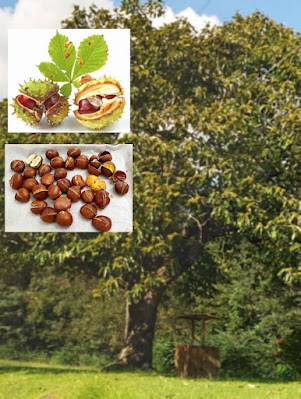Walmart: The History and Evolution
1. The Beginning
- Founder: Sam Walton
- Year: 1962
- Place: Rogers, Arkansas
Sam Walton, a former J.C. Penney employee, opened the first Walmart store on July 2, 1962. His goal was simple: provide low prices and great customer service. Walton believed that small towns, which most retailers ignored, could benefit from discount shopping.
2. Growth through the 1970s-1980s
During the 1970s, Walmart expanded rapidly, opening new stores across the southern United States. Walton emphasized efficiency by using distribution centers to lower transportation costs and passing savings to customers.
- 1970:
Walmart went public on the New York Stock Exchange, helping fund more expansion.
- 1975:
Walmart had 125 stores and began innovating with early versions of point-of-sale systems.
- 1980:
Sales crossed $1 billion - a first for the company.
Walmart began opening supercenters in the 1980s, combining grocery stores and general merchandise under one roof, which became one of its signature formats.
3. Dominating the 1990s
In the 1990s, Walmart rapidly expanded beyond the U.S. It opened stores in Mexico, Canada, China, and Germany, becoming a global player. Key strategies included:
- Everyday Low Prices (EDLP):
This became a core promise to customers.
- Technological Innovation:
Walmart built sophisticated logistics and inventory systems to manage stock efficiently.
- International Expansion:
In 1991, it opened its first international store in Mexico.
By the end of the decade, Walmart had become the largest retailer in the world.
4. Challenges and Changes in the 2000s
In the early 2000s, Walmart faced criticism for various issues, including:
Labor practices:
Low wages and employee benefits sparked public debate.
Environmental impact:
The company's size raised concerns about sustainability.
- Competition:
Companies like Amazon began eating into its market share, especially in e-commerce.
Walmart responded by:
- Launching Walmart.com to compete in the online marketplace.
- Improving employee benefits to counter criticism.
- Pledging sustainability goals to reduce waste and promote renewable energy.
5. The 2010s and Beyond: Adapting to E-Commerce
Walmart continued to evolve as it confronted the rise of Amazon and other e-commerce giants. Some key developments:
- 2016:
Acquired Jet.com to boost its online presence.
- 2020:
Expanded curbside pickup and delivery services to adapt to consumer habits during the COVID-19 pandemic.
- Walmart Plus (2020):
Launched a subscription service to compete with Amazon Prime.
Walmart also developed partnerships, such as teaming up with companies like Flipkart (India) and investing heavily in automation and AI-powered inventory management systems.
6. Walmart Today
As of 2024, Walmart operates in 24 countries with over 10,500 stores worldwide. Its core focus is on omnichannel retail - combining physical stores with online shopping for seamless customer experiences.
It remains a leader in grocery retail and continues to innovate with services like:
- Curbside pickup
- Drone delivery (in select markets)
- Walmart Health clinics offering affordable healthcare
Interesting Facts about Walmart
- Sam Walton often toured stores personally in his old pickup truck to stay connected with customers and employees.
- Walmart’s slogan “Save Money. Live Better.” reflects its focus on offering affordable products.
- It is one of the largest private employers in the world, employing over 2 million people.
- The Walmart family (heirs of Sam Walton) remains one of the wealthiest families globally.
Walmart’s Journey - from a small discount store in Arkansas to the largest retailer in the world - illustrates how innovation, logistics mastery, and aggressive expansion shaped the company. Despite challenges, it continues to evolve with changing consumer habits and technology.


























